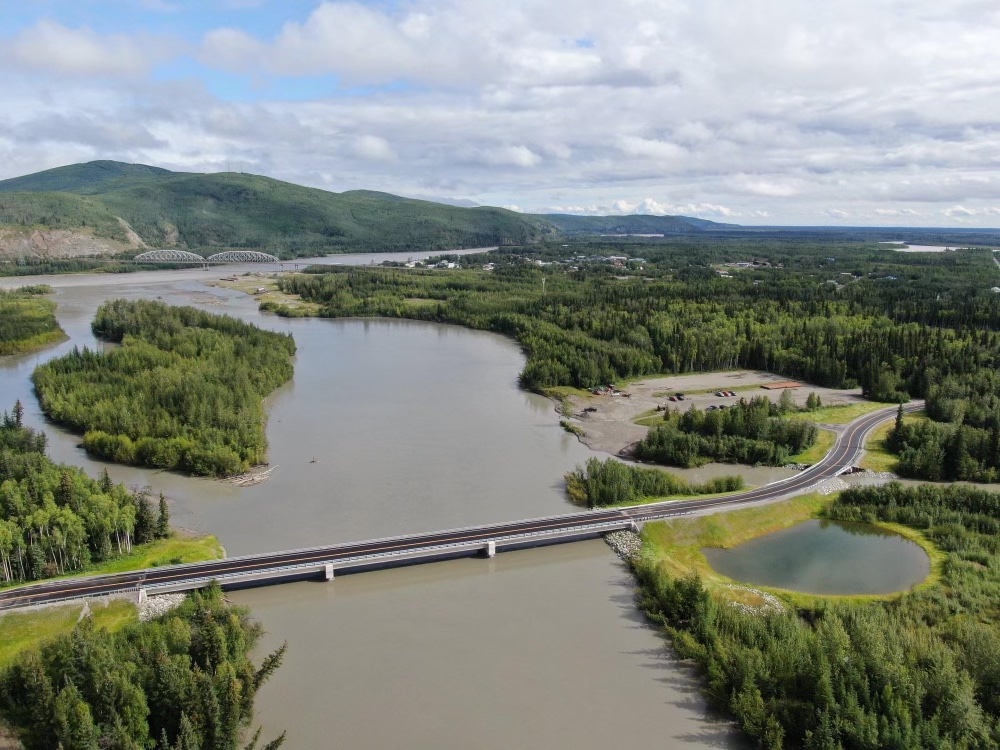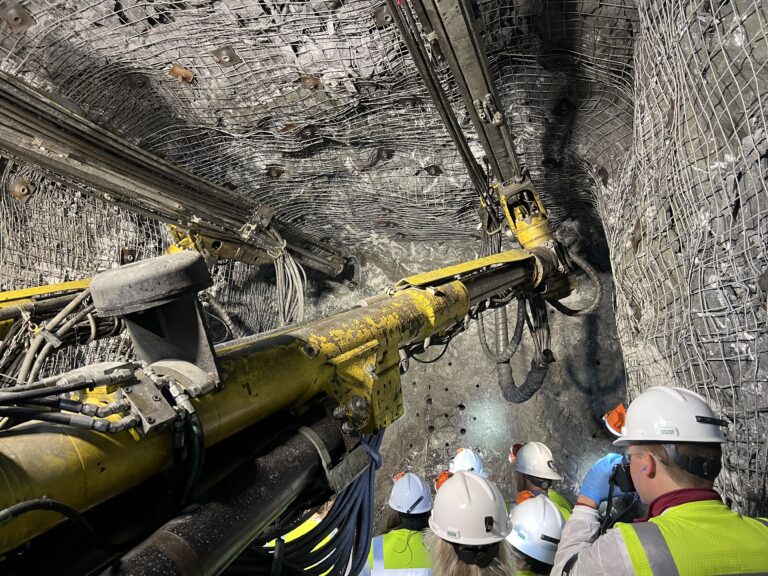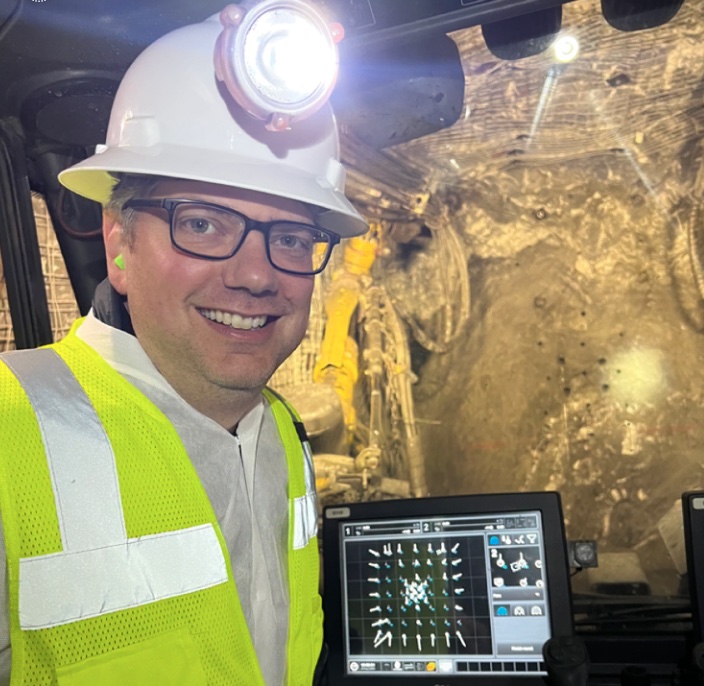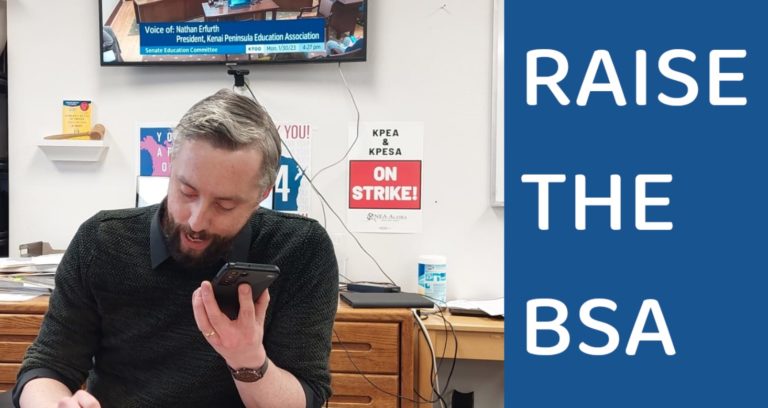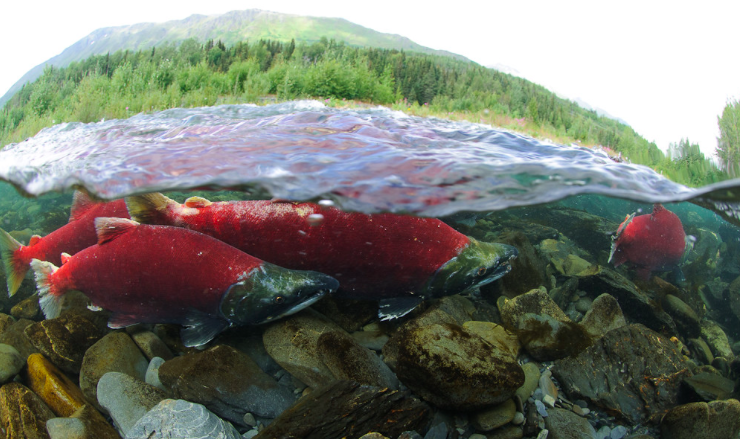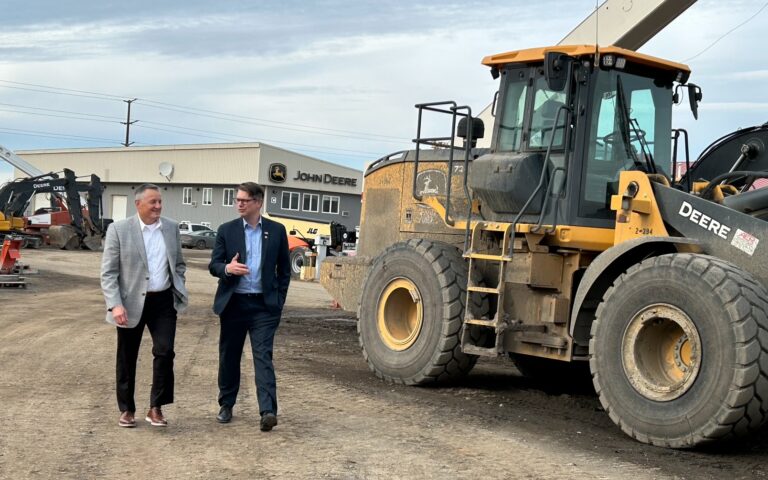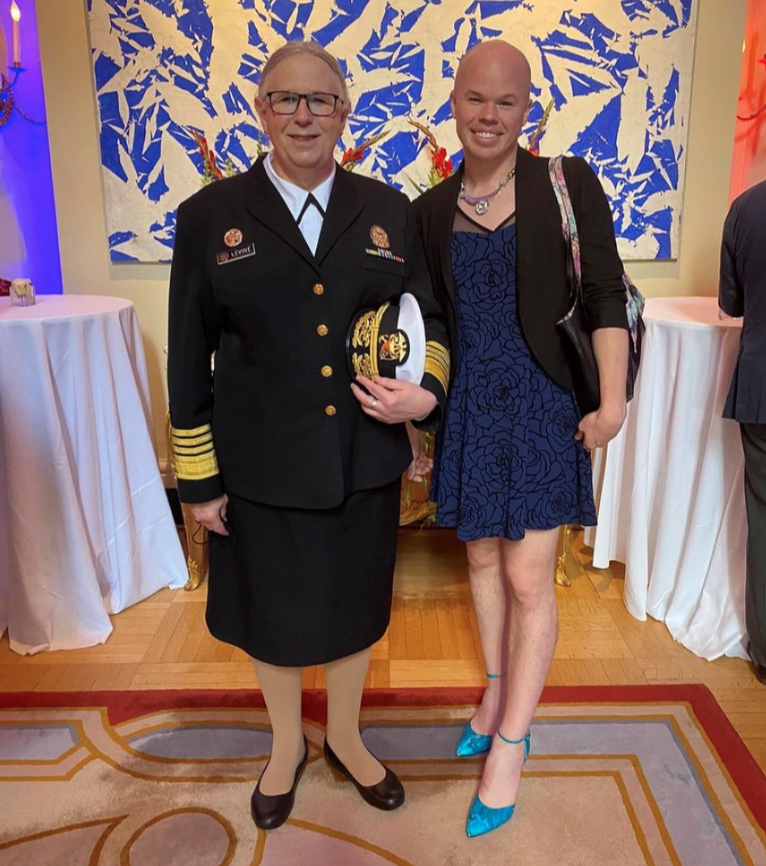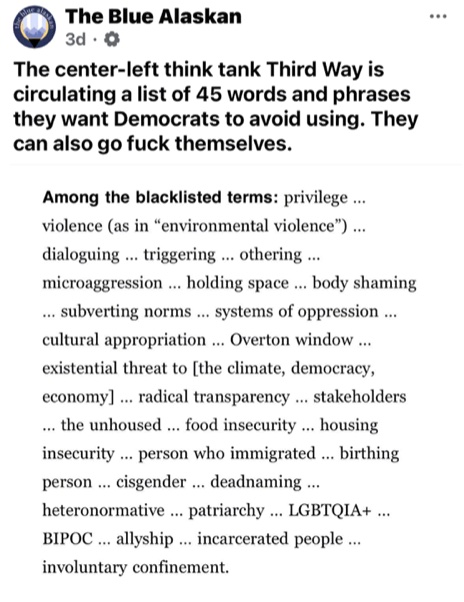By PAUL FUHS
Gov. Mike Dunleavy is a very brave man. When he asked whether Alaska should consider fish farming, he must have known the world would come crashing in, but he said it anyway.
The public reaction, according to Anchorage Daily News reporter Julia O’Malley, was nothing less than damning for his statement — a statement that we ought to at least think about it. There are some misconceptions in her article that need to be cleared up if we want to have an intelligent conversation about this issue. Farmed salmon will continue to impact us, whether we engage in it or not.
I am not an advocate for “salmon farming.” However, I am deeply involved in shellfish mariculture and was the founding president of the Alaska Mariculture Association in the 1980s. Therefore, I know a lot about the maricuture industry.
At that time, I was mayor of Dutch Harbor and we could see the future impact on Alaska’s salmon industry, from a salmon producing system that could provide fresh fish all year round, that could be harvested in a way to maximize quality, could be processed in a way that preserves the highest quality, and that could be competitively priced.
While we were seeing this clearly, what has happened in the market is far beyond anything we could have imagined: 2.8 million metric tons of farmed salmon produced last year compared to 220,000 tons of salmon produced in Alaska. (About a third of Alaska’s production is from Alaska’s mariculture-based farm ranching hatchery program.)
At that time, we theorized that if we combined wild and farmed salmon, given that Alaska is in the center of the biological range for salmon, we could supply product year round and rule the world.
We never got the chance to even discuss it. The reaction was swift and brutal and in 1990 a law was passed to prohibit salmon farming. I remember Alaska’s fisheries Czar Clem Tillion, in classic Clem style, telling me “Its like having your only son neutered.” Sport fishing leader Bob Penney also lamented the decision.
So we just went on to develop the shellfish mariculture industry which has been quite successful.
As humans, we crossed the neolithic threshold on land to agriculture 12,000 years ago, but a hunting and gathering activity like commercial fishing wasn’t about to let go. Besides this cultural outlook, there were also issues of disease transmission, cross breeding, and the market, all of which I address without prejudice in this article.
Ms O’Malley’s article states that it is rare to find “farmed salmon” in Alaska, but that is just not true. Every single sushi restaurant in Alaska is selling farmed product as “salmon” on the menu.
This sushi, and most of what is sold worldwide by Norway, Scotland, and Canada, isn’t even salmon. It is trout, genus/phylum salmo salar. Basically, it’s farmed steelhead trout. There are fish farmers who do grow actual salmon of the salmon genus oncorhynchus, species like Coho salmon primarily in Chile and King salmon in Canada. I haven’t seen that product here in Alaska.
Farmed trout have been available in the market for many years, and no one thought anything about it. But these large-scale trout operations, listed as “Atlantic salmon” do pose a threat to Alaska’s salmon industry in the context of the market. The label as ‘salmon’ produces the confusion we see in the market.
Why is this a threat when we have the healthiest and best wild salmon runs in the world? Is it just a labeling issue or something more? Here are some of the reasons.
When fish are harvested in a net, they go into flight panic mode. This triggers a hormonal response, similar to adrenaline in humans, which then releases cortisol , the primary stress hormone in fish, into the blood stream and through out the flesh of the salmon. This impacts quality.
These cortisol increases, up to 100 times normal, lead to increased plasma glucose and lactate levels which affects post mortem muscle biochemistry metabolic processes and degrades the fillet’s texture, color and water holding capacity. The subsequent elevated pH also promotes faster bacterial growth, leading to a shorter shelf life for the fillet. Loss of ability to hold water affects cooking quality with dryness characteristics.
A salmon that has struggled for hours in a gill net or crushed in a seine will be affected. To offset these processes in aquaculture, farmers will super saturate the water in their pens with oxygen nano bubbles, so tiny that they do not come out of solution. The salmon are pacified in the heightened oxygen environment and do not panic while being harvested
Upon being delivered live to the fish plant they are thoroughly bled while the heart is still beating to remove as much blood as possible, which is the medium for bacteria growth. This extends shelf life. (It’s why you will see any experienced sport fisherman bleeding their catch as soon as they are caught). With the exception of troll caught kings, its difficult do that with other netted Alaska salmon. I do not say this to degrade the quality image of Alaska salmon, it is a great product. This is just a fact of fish post mortem biochemistry.
Any salmon intended to be eaten raw must first be frozen to kill the parasite roundworms and flatworms that are indemic to ocean fishes. This once frozen fish is called “sushi grade” and it is what you will get at a sushi restaurant. If it is to be cooked, freezing is not necessary, allowing for fresh farmed salmon to be marketed year round. To preserve quality when fish are frozen (as is the case with most Alaskan seasonal salmon) it must be frozen quickly at -40F and then held to at least to -20. As water freezes, it expands and tears apart the flesh of the fish. The quicker and colder the freezing process, the smaller the ice particle.
Recognizing the issue of “fresh versus frozen”, the Alaska Seafood Marketing Institute has launched a “Cook it Frozen” campaign to promote the quality of Alaskan frozen salmon.
If you are seeing fuzz on your ice cream, your freezer is too warm. Turn it down as low as it will go. (The ingenious Japanese are using the waste cold of an LNG regas operation at -260F, creating the best frozen product in the world.)
And DO NOT make your own sushi with unfrozen salmon that you have caught or bought or you will get parasites.
The main advantage of farmed fish is that they can be produced fresh, year round, in many cases not even being harvested until they are sold. This is important to restaurants and other market venues.
Where does the color in farmed salmon come from? Are they dyed? No, their food includes natural ocean elements like shrimp shells and red algae, just like natural salmon. The occasional white flesh king salmon is not genetically different. It has been eating only squid.
Regarding cross breeding, it is impossible for an Atlantic “salmon” (trout) to breed with a pacific
‘real salmon’ due to at least 3 chromosomal blocks. This was recently tested again by Europeans concerned about pacific salmon reaching their shores and impacting their Atlantic salmon as our salmon move further north due to global warming and could cross the Arctic. (The people in Utkiagvik have been catching chum salmon the past few years.) The European study again found cross breeding to be impossible.
Regarding disease transmission from escaped net pen operations, it is a real issue. However, we are also doing this in our own hatcheries, where we intentiionally relase ‘farmed’ juvenile salmonids to comingle with willd stocks. While it is a concern, Alaska Fish and Game does provide pathology testing prior to their release to reduce this possibility. Other concerns about the impact of hatcheries, (which are farm ‘ranching’ operations), on wild stocks overall are also being raised.
For net pen farmers, their concern is about transmission of diseases from wild stocks to their caged fish. Due to the density in their pens, this can spread to their entire population.
We did have a situation in Chignik, where we were able to match farmed salmon harvesting and processing advantages. The fleet was overcapitalized so they came up with a plan where half the fleet would stay on shore and the rest would go fishing and then share the proceeds with the others. Less fuel burned, less maintenance, less crew etc. The Coho salmon were round hauled and towed to the cannery live where they were properly bled, then filleted into IFQ shatterpaks with plate freezers down to -40F. When they hit the market they were getting top dollar.
Sounds like a wonderful plan, right?
Not to a particular fisherman who challenged the setup with the Limited Entry Commission. He claimed that this was destroying a “lifestyle” and he missed the competition with the other fishermen, corking them off, running over their nets, etc., just like the good old days. On a technicality, the case was decided in his favor and the whole operation was shut down.
Is our fishery a lifestyle or is it a business? It must be both if we are to be successful. This is an essential question facing our commercial fishermen, processors, and our politicians, as they struggle to put together a viable industry in a changing market. This is true with or without any consideration of salmon farming in Alaska.
As I said, Gov. Dunleavy is a very brave man for even raising the subject. I hope my contributions here help elevate the discussion.
Paul Fuhs is Former Mayor of Dutch Harbor, an active Geoduk farm diver, and is currently the President of the Shellfish Grower’s Cooperative in Southeast Alaska.
Paul Fuhs: What can Alaska gain from Trump and Putin talks next week in our state?
Paul Fuhs: Supreme Court ruling limits green lawsuits, clears path for Alaska projects
Paul Fuhs: The real agenda behind the attack ads on Sen. Sullivan

